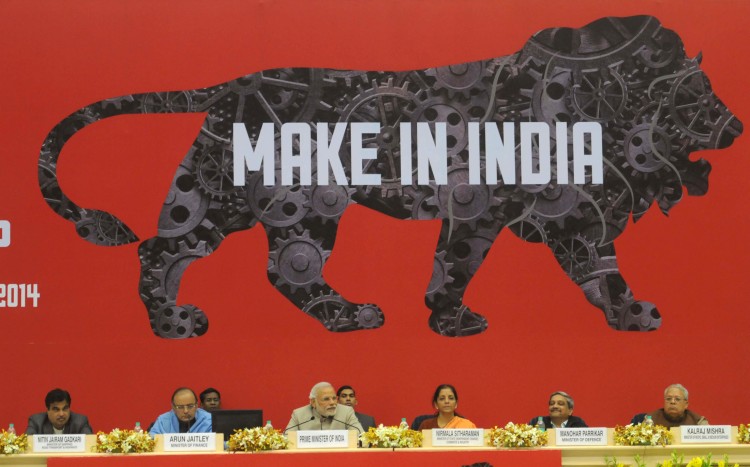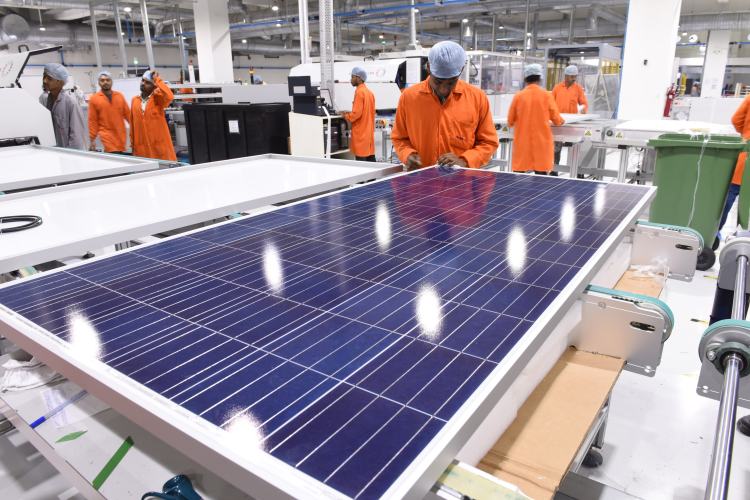India saw the opportunity for growth in economic development through industrial capacity expansion and domestic manufacturing. Hon’ble Prime Minister, Shri Narendra Modi focused on manufacturing and brought forward a multi-pronged operation titled ‘Make in India’ to bring in new investments and encouragement for manufacturing growth, creating jobs, and socio-economic revolution within the country. And as expected, Make in India did attract investment, reducing knowledge curve and initiating technological growth within industrial setups. In such an environment, new and lucrative sectors like Solar, saw a bright future and possibilities for country wide improvements. But, the picture is not turning out to be that rosy.

Support & Expectations
Make in India was supposed to work on the same lines of tried and tested strategies that have helped many countries to transform into global suppliers by focusing on their manufacturing capacity expansion. The initiative was expected to create jobs, help develop long-term policies for R&D growth, faster deployments, and build capacity in manufacturing raw materials in a value chain, to satisfy domestic demand and ultimately capture the export market of progressive sectors like Solar.
To support Make in India to turn these expectations into reality, Government of India established Special Economic Zones (SEZs) and extended special benefits like- cheap water, electricity etc. The Government also offered special benefits to lucrative sectors like Solar, namely- exemption from excise duties, 10-year income tax holiday, exemption of sales tax in certain states, payment security mechanisms to cover the risk of default by state utilities/DISCOMs etc.

Additionally, Government also permitted 100% Foreign Direct Investment (FDI) under the automatic route for renewable energy generation.
As a result, India was able to excel in building a strong manufacturing set up in one of the fastest growing sectors like Solar. And with initiatives like Make in India running at full throttle, India stood a chance to surpass dominating solar countries like US and eventually China. However, the biggest challenges to make that happen is lack of support from Make in India.
The Current Reality
Making India a manufacturing hub can be the solution to all of the country’s woes. In fact, solar has already presented itself as a viable sector to invest in. The sector’s continuous leaps from 5 GW in 2015 to 10 GW in 2016 to ~25 GW in 2018 acts as a proof of its promising nature. And there are numerous examples where countries have become global suppliers in solar sector by focusing on manufacturing- like China. Although, Make in India could have helped India achieve a similar goal, India’s continuously growing dependency towards importing solar has removed that opportunity from equation. India spent $3.8 bn in FY 17-18 on solar module import, which has limited the progress in manufacturing capacity expansion, leading to a market scenario where foreign suppliers have claimed more than 80% share. In the same breath we need to highlight that China’s recent energy policy will lead to further fall in imported module prices, capturing demand of domestic manufacturing even more (currently Indian suppliers have less than 10% share in Indian solar market).

Additionally, continuous drop in solar tariff, cancelation of projects, and lack of green energy distribution to the grid is scaring away the investors, making it more challenging for Make in India to succeed.
On top of that, imposition of 25% safeguard duty on SEZ based solar manufacturing units in India stands to deal a damaging blow to country’s solar manufacturing industry, as India’s 40% of Solar panel Manufacturing Units and 60% of Solar Cells Manufacturing Units are currently located in SEZs. SEZs were built to support Indian manufacturing sector, and as the growth statistics, it has. And for continued growth, more support is needed not taxes, or duties.
It is, as it seems. But there is still time to turn things around. Make in India can still serve the purpose it was built for: economic and social growth through industrial development. However, intervention is needed in different strategic and operational layers.
- New policies are needed to address manufacturing issues regarding infrastructure, transport, taxation, power outages, labor laws, and taxation
- Low cost finances and longer tenure loans are needed to help solar project developers
- Investment in establishing R&D institutions is needed to support quality control and to reduce the knowledge curve
- Reducing import dependency
- Re-prioritizing solar and exempting it from duties, added taxes are also necessary
- Campaigns like National Skill Development Mission are already available, Government needs to invest in them and broaden their reach to create skilled workforce
- Extending the viability of industrial license, creating random inspection scheme, and reducing corporate tax rate by 25%-30% can aid in bringing foreign investment
Moving Ahead

As solar continues to gain global acceptance, this is the best time for India to focus on solar manufacturing, thus making power for all a reality while becoming a global supplier of solar components. Make in India is the perfect platform to launch this growth trajectory. However, much more focus on domestic manufacturing rather than importing is needed.
It is estimated that with focus on domestic manufacturing, India can overtake EU’s renewable expansion by 2022. And that would be just the beginning for India to become an energy reliant, economically strong, manufacturing hub of the world.
